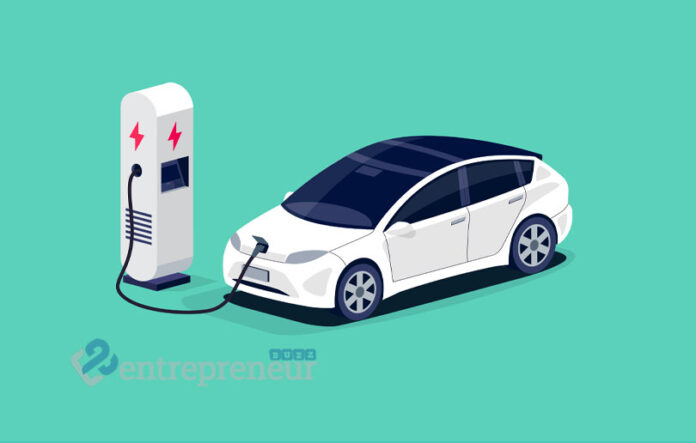In the past few years, electric vehicles have proved to be a better, more environmentally friendly alternative to traditional automobiles. Cars based on such frameworks operate on electricity and are powered with the help of electric chargers. You can avail of vehicle charging facilities in public areas, workplaces, and even the comfort of your home.
Public or Private: Where Can You Charge Electric Vehicles?
Many public places, such as garages, shopping centers, hotels, etc., offer their vehicle charging facilities for free. But these sessions are usually short. Thus, you cannot power your car up to its full capacity.
Paying a small fee at a public vehicle charging station is much more efficient. But these are crowded and might be difficult to access if you are in a rush. That is why motorists prefer to install a home charging station. It allows them to charge their electric vehicles whenever they want.
How Long Does It Take to Charge Electric Vehicles?
Although electric vehicles are very efficient in many ways, powering them takes a lot of time. That is unlike the case of traditional cars, which have internal combustion engines. They run on petrol or diesel and need only a few minutes to be filled up. When considering electric vehicles, the measure is in hours.
That is why most drivers have a charging station at home ready to power their vehicles throughout the night. Thus, the concept is similar to that of charging a mobile phone. Typically, this is more convenient than going to a fuel station to refill your tank. But it might be troublesome if you need a home charger and have to access public stations.
Hot or Cold: What Is Best for Electric Vehicle Charging?
How rapidly the fuel burns is independent of the external temperature in the case of conventional cars. But for EVs, the charging speed increases with a temperature rise. The affinity of lithium-ion batteries towards warmth can account for this fact.
What Do the Different Types of Electric Vehicle Chargers Entail?
The EV charging industry is rapidly expanding. Thus, there are various options available in The market for you. In terms of charging speed, most companies offer a slow, fast, and rapid charging solution. The first of the three takes 6 to 12 hours to bring the vehicle battery to full capacity. These function at a wattage of about 3.6 kilowatts. Hence, they are highly suitable for overnight home charging.
But if you need more than the pace of slow chargers for your vehicle, you can opt for fast chargers, which operate between 7 to 22 kilowatts. These take around 3 to 7 hours to recharge your battery fully. To go along with these chargers, you need connectors. These can either be tethered or untethered. So, the next time you rush, plug in a fast charger with its connector, and you will be ready in a few hours.
You must use a direct current (DC) supply to go for rapid charging. Rapid chargers are generally rated at more than 43 kilowatts, powering your vehicle in less than 60 minutes. These are expensive and impractical for home usage. But these are excellent for emergencies when your vehicle battery is dying. That is why you can find them in fuel stations, repair centers, etc.
Types of Electric Vehicle Charging
Level 1 Charging
Level 1 charging, often called “trickle charging,” involves using a standard household electrical outlet to charge your EV. While convenient, it’s the slowest charging option. It’s suitable for overnight charging but may need more power for daily long commutes.
Level 2 Charging
Level 2 charging is a faster and more practical option for daily use. It requires a dedicated charging unit that operates on a 240-volt circuit, similar to an electric dryer or oven. Level 2 chargers significantly reduce charging time and are commonly installed at homes, workplaces, and public locations.
DC Fast Charging
DC fast charging, also known as “rapid charging,” is designed to quickly charge EVs, making it ideal for road trips and longer journeys. These chargers provide direct current (DC) power to the vehicle’s battery, bypassing the onboard charger. DC fast chargers are typically found along highways and can provide a substantial charge in a short amount of time.
Which Charging Method Is Best for Your Electric Vehicle?
If you wish to install a home charger, you must choose among the three chargers mentioned above. The rapid chargers are less viable than the other two. If you generally travel short distances, a slow charger should work fine. However, if you are a high-mileage driver, It is best to go with the fast version. So, when making the decision, consider your budget and needs.
Numerous electric vehicle charging centers are popping up everywhere. Public stations are becoming more and more accessible every day. Similar is the case for home vehicle charging. Consult an expert to determine which charging method works best for your vehicle. If you choose the home vehicle charging option like most drivers, ensure you take all the safety precautions. The right charging solution will make the rides in your electric vehicle safe and enjoyable.

